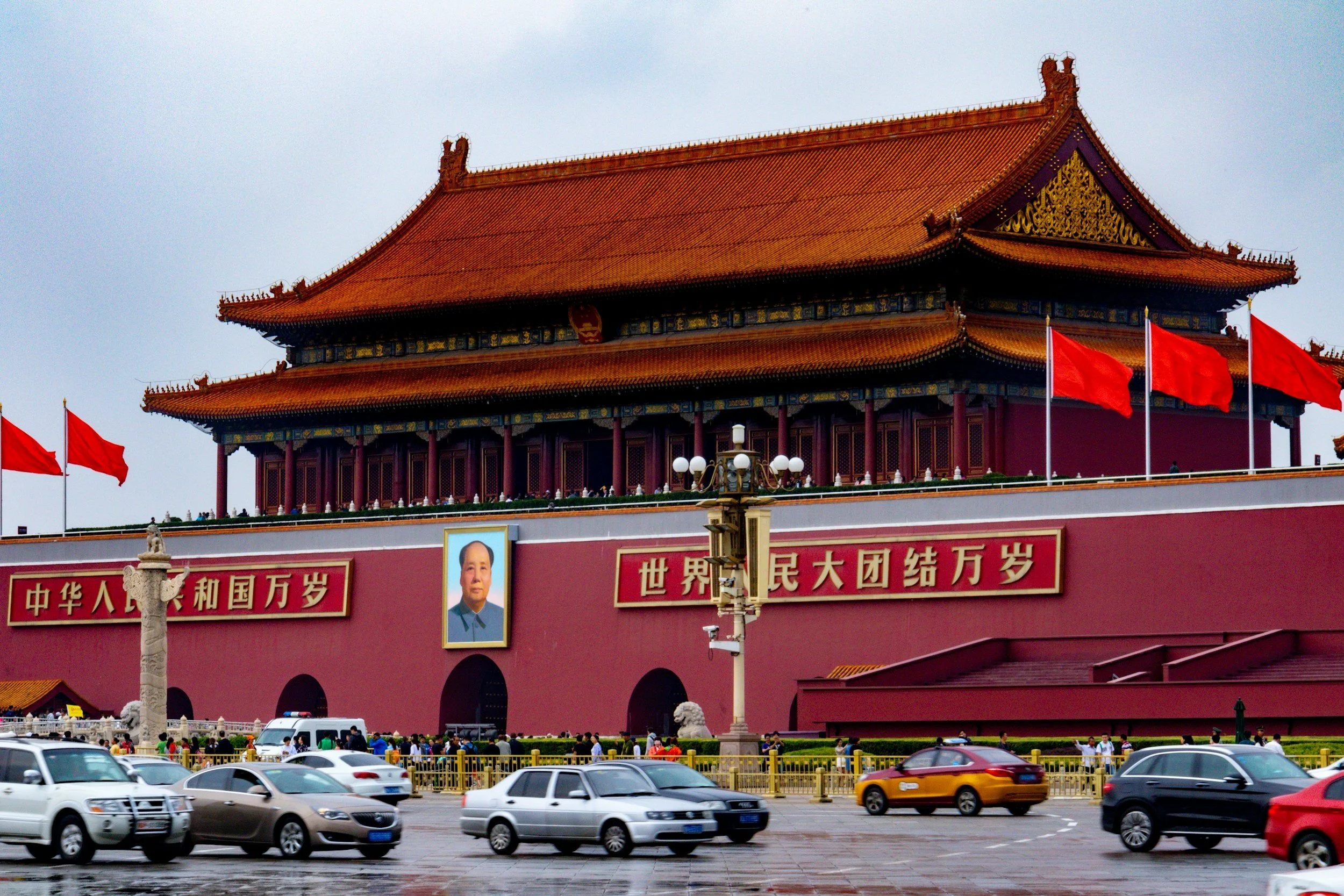By: Lindsey Ford
After weeks of growing tensions between India and Pakistan, the world was stunned by U.S. president Donald Trump’s abrupt announcement that the United States had secured a “full and immediate ceasefire” between India and Pakistan. Trump’s eagerness to claim credit for defusing the crisis, and his follow-on offer of facilitating broader talks between the two sides, kicked off a renewed debate about the bounds of Washington’s ability to play peacemaker in South Asia. This will have implications for U.S. security partnerships with both New Delhi and Islamabad.
For much of the post-Cold War era, Washington endeavored to strike an equanimous balance in its dealings with its two South Asian partners. However, the strategic logic of this approach — one that viewed counter-terrorism and nuclear escalation as Washington’s principal South Asian concerns — has eroded over the past decade. It may be tempting in the aftermath of the Pahalgam crisis to re-elevate Washington’s focus on Kashmir issues, or to return to Washington’s earlier careful balancing approach between Islamabad and New Delhi. But a pivot back to a more continentally-focused U.S. strategy risks bogging down precious time and resources for very little gain, while ignoring more fundamental U.S. priorities. It is Beijing’s expanded presence in South Asia — and the implications of this presence for U.S. interests in other key theaters, such as the Pacific — that ought to be the central focus of U.S. strategy in the region.
It is perhaps unsurprising that some U.S. interlocutors are lamenting the withered state of U.S.-Pakistan relations and encouraging Washington to improve its influence with Islamabad. The United States has often vascillated between either ignoring Islamabad or over-weighting its strategic importance. The Pahalgam crisis is a reminder of how deeply integrated China-Pakistan military ties have become over the past several years, and the limitations of any U.S. attempt to fundamentally alter that trajectory. If anything, some of the structural constraints impeding closer U.S.-Pakistan military-to-military ties — Pakistan’s deep reliance on Chinese military technologies, China’s support for Pakistan’s missile program, and Islamabad’s near-exclusive focus on deterring India — are only likely to get worse, not better.
This means the Trump administration will need to increasingly turn to non-military tools if it hopes to improve its relationship with Islamabad without directly damaging its partnership with India. The United States’ ability to provide support through the International Monetary Fund, to provide education and job opportunities for Pakistan’s large youth population, and to provide assistance for non-traditional threats such as natural disasters, all remain important inducements for Islamabad. However, executing this type of shift will be no mean feat for an administration that has taken a hatchet to most of its foreign assistance funding. Nor is it clear that such an approach will succeed with Pakistan’s military leaders, who remain eager to keep defense cooperation at the center of the bilateral relationship.
The U.S.-India partnership, while in a much different position, will also need to hit its own reset button after the last week. The friction between Washington and Delhi over their divergent messaging at the end of the crisis has injected tension into a relationship that has otherwise been on a very solid footing for the past several years. Neither side can afford to dwell on this frustration for too long. Nor should they allow the divergences that will almost certainly arise in each side’s approach to Islamabad over the coming months to distract from more important priorities in the relationship.
If anything, the past week highlights the need for Delhi and Washington to accelerate their shared focus on countering Beijing’s ambitions in South Asia. While India may have managed its first head-to-head engagement against Beijing’s advanced military platforms, the People’s Liberation Army itself will be a far more formidable opponent. As Indian military leaders review the operational shortfalls discovered over the course of the crisis, they should use this opportunity to engage Washington in a broader conversation about doctrine, training, operational requirements, and Indian Air Force modernization.
Similarly, although the United States and India have a robust suite of bilateral military exercises, the complexity of this past week’s air campaign ought to be a wake up call about the need to significantly increase the ambition of the U.S.-India bilateral training relationship — a necessary step to simulate the advanced, multi-domain scenarios New Delhi is likely to encounter in a potential crisis with Beijing. And finally, recognizing the degree to which Beijing has made inroads with many of Delhi’s neighbors — not just Islamabad — the United States and India would be wise to put meat on the bones of the ambitious “Indian Ocean Strategic Venture” initiative they jointly announced in February 2025, which reportedly aims to generate coordinated economic development projects throughout the Indian Ocean region.
India and Pakistan appear to have once again narrowly averted a larger bilateral confrontation, and the United States now has some breathing room on the back-end of the crisis to evaluate how it needs to approach both capitals in the year ahead. While there is certainly a role for the United States to play in urging both sides to refrain from renewed hostilities, Washington would be wise to avoid being pulled more deeply into India and Pakistan’s long-standing disagreements. Instead, the United States should stay focused on its principal challenge — managing Beijing’s more competitive stance in South Asia — and adjusting its ties with both Delhi and Islamabad in accordance with this reality.
Lindsey Ford is Senior Fellow for the Foreign Policy & Security program at ORF America.

